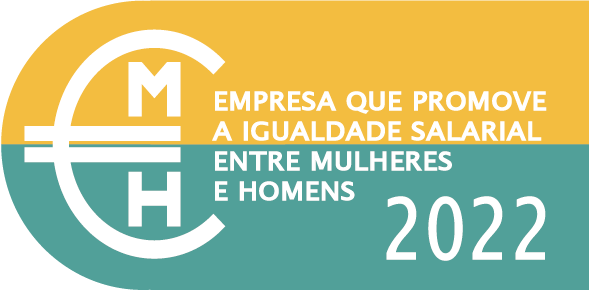© 2024 – blueOASIS®
All rights reserved – Privacy Policy
© 2024 – blueOASIS®
All rights reserved – Privacy Policy

HORIZON EUROPE
HORIZON-CL5-2023-D3-01-05
Development of the next generation of environmentally-friendly floating wind farms with innovative technologies and sustainable solutions.
5,998,427 EUR
170,000 EUR
The overarching goal of FLOATFARM is to significantly advance the maturity of FOW technology by increasing energy production and achieving important cost reductions at all levels within the design and implementation phases. Ultimately, FLOATFARM aims to contribute to decreasing the negative environmental impacts on marine life and to enhancing the public acceptability of FOW farms. To this end, a number of critical technologies have been identified as key catalysts to improve the performance at both turbine and farm level through advancements in rotor technology, mooring and anchoring, farm deployment and control strategies. FLOATFARM adopts a holistic approach that combines innovative designs with demonstration in real-world marine environment, experimental demonstration at laboratory scale and modelling with a suite of beyond state-of-the-art numerical analysis tools.
blueOASIS‘ role in this project is focused towards the Aero and Hydro-acoustics numerical and experimental modelling, taking advantage of our AI models. In addition to the mentioned scope the modelling and optimization of the turbines will also be performed in early design stages order to mitigate its environmental impact.
In doing so, FLOATFARM will build upon the outcomes of the FLOATECH project1, which made available to the scientific community the new open-source simulation tool QBlade-Ocean and pioneered two innovative control strategies for FOW technologies. These technologies will be brought to the next level of technological readiness and will be complemented with a significant number of new concepts, innovations and methods, in order to make FOW enter a new phase of industrial maturity. In order to achieve this goal, five specific objectives (SOs) will be pursued. Addressing these SOs will require interactive collaboration between academic and industrial partners within the consortium, as well as the combined use of multi-fidelity simulations and multi-scale experimental validation, with special focus on systematic validation in a one of a kind open-sea laboratory, where a 1:7 scale model of a 5MW FOWT and a newly-constructed, one-of-a-kind 1:7 scale of a 15MW FOWT will be tested in combination with new floaters, moorings and controls, ensuring systematic assessment and validation that are thus far unprecedented in FOWT research.